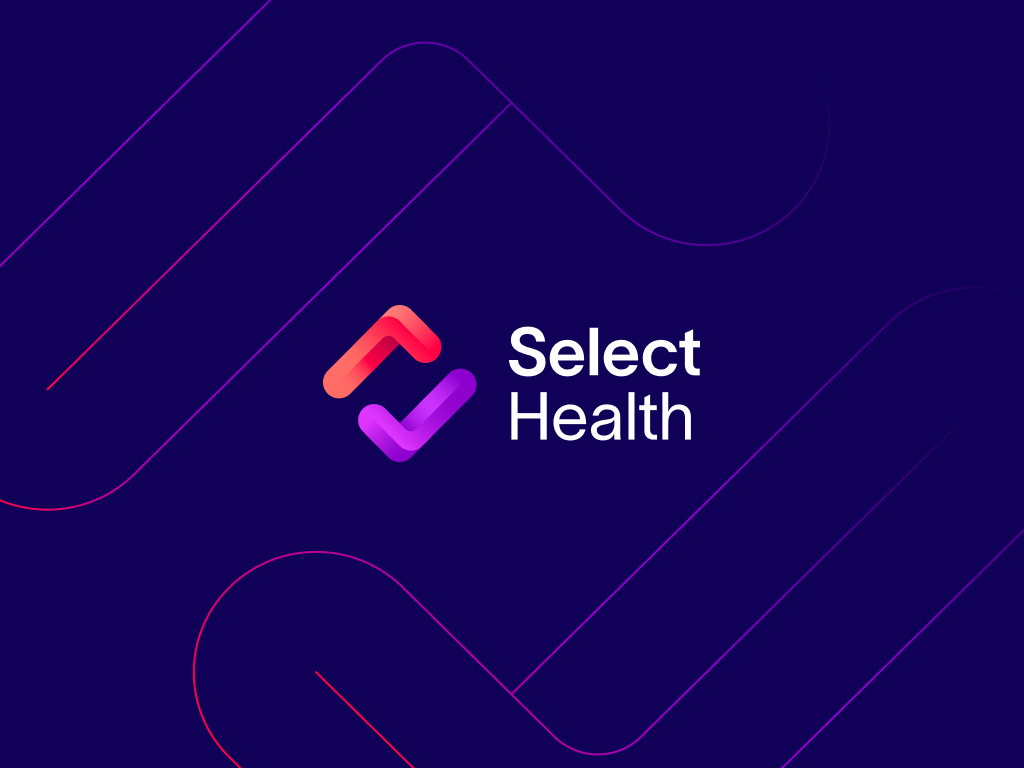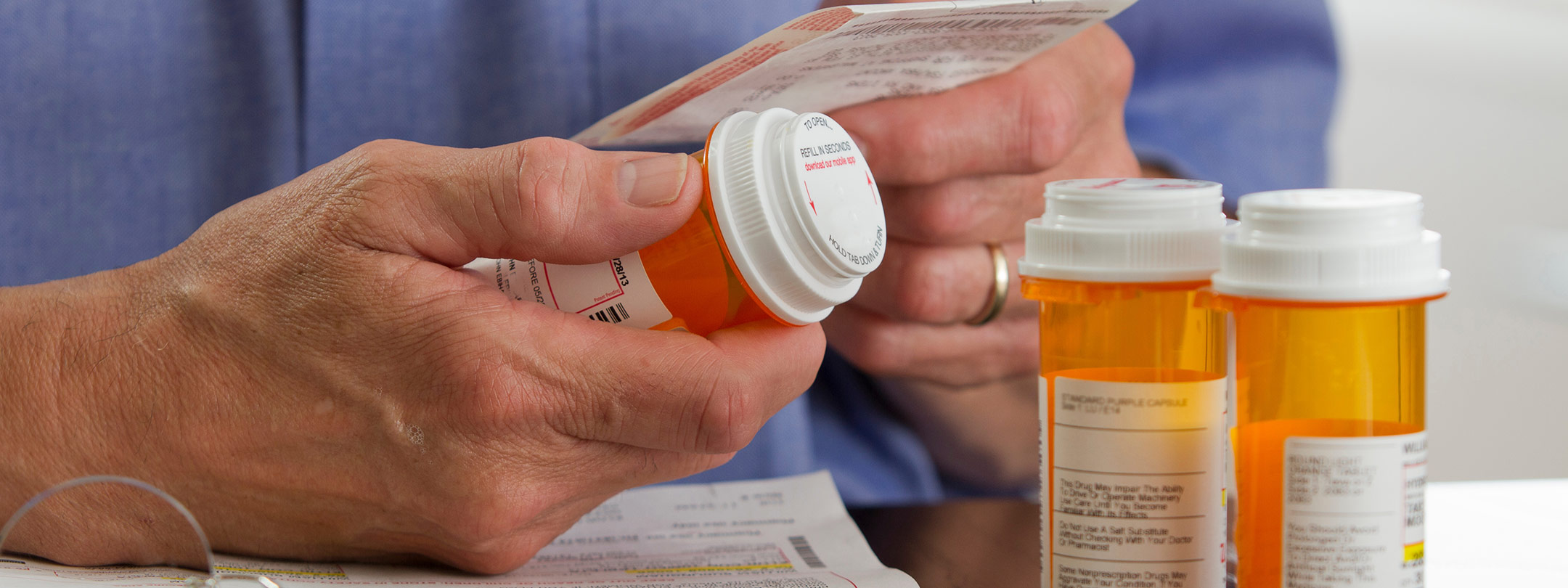As a pharmacist, I have the opportunity to be on the forefront of new technology, innovations, and medications. At Select Health, we’re always working proactively to provide pharmaceutical therapies with best clinical outcomes in the most cost-effective way.
It’s widely known that pharmaceutical companies and Pharmacy Benefit Managers (PBMs) have a long-standing history of negotiating prices, which creates a vicious cycle of rising pharmaceutical costs. Because of this, members aren’t aware of the real price of their drugs and their portion of the cost is determined by their employer, health plan, or the government. Unfortunately, this cycle places the burden on members.
In my time working at Select Health, I’ve witnessed how we’ve always been as transparent as possible as a health plan and a PBM. Because Select Health operates a low-net cost model, when possible, we’ll forego a large rebate if a lower-priced drug is available to the member.
A recent example is NovoLog®. When a generic medication for NovoLog® became available in January 2020, the cost was approximately half the list price of the branded version. Traditional PBM models count on large rebates to provide rebate guarantees to their customers. Some PBMs across the country don’t cover generic NovoLog® in order to maintain their rebate revenue stream. As a result, members of these PBMs don’t benefit from the lower cost of the generic medication. Because of the model we use at Select Health, members were able to get the generic product as soon as it was released.
Here are other ways we’re providing transparency and helping our members make smart decisions when it comes to their prescriptions:
REAL-TIME MEMBER EMPOWERMENT
Several years ago, we partnered with RxEOB—a platform that allows members to see the cost of medications they’re taking. It also shows generic alternatives and other drugs in the same class and displays the cash and out-of-pocket price, based on the member’s plan. This allows members to use the app on their smartphone to show the list of medications to their provider and make a more informed decision based on the cost of the drug(s). Members also have access to their prescription history from the last several years, including detail of how much they paid and how much of the cost was covered by their plan.
In addition to proactively shopping for a drug by price, a new enhancement to the platform—using Rx Savings Solutions—will notify members of opportunities for cost savings. This real-time information takes into account the member’s plan, deductible, out-of-pocket maximum, etc. The platform considers many aspects including clinical substitutions, dose optimization, and pricing competitiveness of pharmacies.
Providers have had the ability to send an electronic prescription to the member’s pharmacy of choice—alleviating opportunity for error and shortening the process. But providers haven’t had the ability to see real-time benefit information. To improve this experience, providers will soon be able to look up a specific drug, see the member’s Electronic Medical Record (EMR), compare the drug with alternatives (brand or generic), and determine which one would be the least expensive for the member. This includes real-time copay/coinsurance information, based on if the member has met their deductible or out of pocket maximum.
ELECTRONIC PRE-AUTHORIZATION
Today, providers fax in a form or log in to a portal to get pre-authorization for prescriptions. In the past, this process hasn’t provided real-time benefit information. Fortunately, this process will soon change—providers will be able to write a prescription and quickly get a pre-authorization. This enhancement will allow for more member involvement and shared decision-making between the provider and the member, because they will be able to discuss costs and alternatives based on what the plan or PBM will approve. This will also prevent a member going to a pharmacy and being surprised at the cost when filling a prescription.
OTHER WAYS WE OFFER SUPPORT
Our clinical pharmacists help eligible members by reviewing their current health status and medication treatment plan. They have direct access to members’ care manager, provider, EMR, and clinical notes, allowing for greater integration of care. This helps improves the accuracy of care, allows for safety interventions when needed, and provides opportunities to reduce costs.
Clinical pharmacists can help identify and solve medication-related issues, including adverse reactions, and provide education to members to enhance their understanding of medication usage, dosage, efficacy, and precautions. When clinical pharmacists make recommendations on formulary changes, they are most concerned with the continuum of care and best outcome for our members, rather than just associated costs.
One of our pharmacists recently helped a member with a complex medication regimen. The member wasn’t feeling well several times during the day after taking his medications, so he would frequently skip taking his medications as prescribed. The member listed the many medications he was taking and described his daily routine for taking them. Additionally, there were times when he would forget which medications he had already taken in a day.
During the conversation, the pharmacist discovered that the patient was taking duplicate medications prescribed my multiple providers and that the providers had made changes to his medications that he didn’t fully understand. After a conversation with the member’s provider, the pharmacist was able to consolidate the member’s drug regimen and get him a pill box so that he could take his medications correctly. Because of the complexity of this member’s medications, the pharmacist connected the member with a case manager at Select Health to create a follow-up plan for managing his prescriptions—this effort and coordination likely prevented an emergent situation and hospitalization.
This is one example of how, collectively, the work we do every day helps to improve health outcomes for individuals and populations, enhance the member experience, augment the care provided to our members, and empower them to make smart decisions.
Select Health may link to other websites for your convenience. Select Health does not expressly or implicitly recommend or endorse the views, opinions, specific services, or products referenced at other websites linked to the Select Health site, unless explicitly stated.
The content presented here is for your information only. It is not a substitute for professional medical advice, and it should not be used to diagnose or treat a health problem or disease. Please consult your healthcare provider if you have any questions or concerns.
Related Articles

